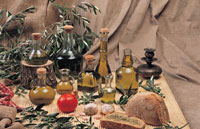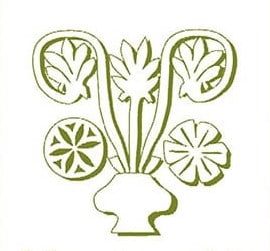Cretan Diet and Recipes. Cretan Olive Oil, Greece
Learn about the famous traditional cuisine and nutrition of Crete.
SOURCE: CRETE TOURNET - https://www.crete.tournet.gr/en/alternative-tourism/cretan-diet?layout=blog
Cretan Diet
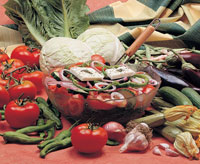
Salads
Fried dishes
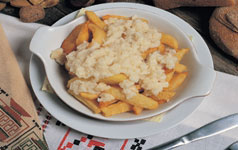
Grilled dishes
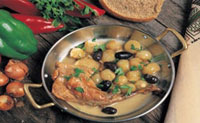
Oily dishes
Boiled dishes
Garden Produce
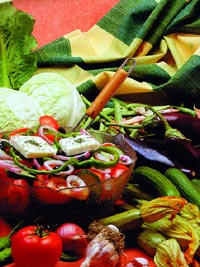
One more basic feature of the Cretan diet is the large consumption of vegetables and other products of vegetable origin. On average, Cretans are at the top of the scale in terms of vegetable consumption. In fact, they consume three times the amount of vegetables than Europeans! That, too, is part of their secret for a long and healthy life. This dietary habit provides the average Cretan with an abundance of fibers, vitamins, and other nutrients required for human sustenance.
At the same time vegetables contain trace elements many of which are essential in metabolism or for the production of essential compounds, while deficiency in those elements causes metabolic syndromes. Vegetables promote the good operation of the intestines and ward off cancer of the large intestine. Their contribution to the operation of the digestive system is remarkable, and they are rich in vitamins necessary for the metabolism of various tissues. Much of the vegetables consumed in large quantities on Crete are rich in fatty acids which prevent cardiac diseases and most forms of cancer.
The linoleic acid contained in the variety of vegetables consumed by Cretans is a true shield of health! It protects the heart and the circulatory system. Some of the most common garden produce of Crete originates from other regions of the world, e.g. the tomato, which revolutionized the Cretan cuisine and shaped the character of Cretan Diet as we know it today.
Cretan tomatoes are naturally ripened and free from hormones. Other agricultural products of Crete, cucumbers, marrows, etc., are cultivated in the lush valleys of the island under the most favourable weather conditions -- no snow during winter and moderate temperatures at the heart of the summer.
Areas that are considered most favourable for vegetable production are mainly found in the south of the island, in niches where even the swallows do not need to migrate further south, to Africa. The garden produce of Crete grows in a natural environment, under the moderate temperatures of a slanting golden sun and within a naturally scented environment. Cretans have a particular affection for the soil that provides them with the means for a good, long life. Technology is good as long as it does not violate and debase their dietary codes the observance of which gave Cretans the title of the lowest heart-attack risk, the lowest death rate, and the greatest life expectancy in the Western world.
Garden produce is cultivated in the southern, coastal regions of Crete, mainly at Ierapetra, Messara, south of Rethymnon, in the coastal area of Selino, of Kisamo and elsewhere.
Cretan Cuisine and Mediterranean Diet
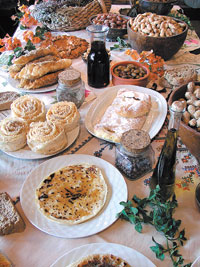
Cretan Products
- Olive oil products - buy Cretan olive oil online - Greek olive oil wholesale
- Cretan Honey and its products
Crete cuisine & Cretan Recipes
Restaurants and taverns in Crete
- Quality of olive-oil in Crete
Quality of olive-oil in Crete
The following content has been republished from the website of "Association of Cretan Olive Municipalities" www.sedik.gr.
Factors favouring quality
Olive oil Products
